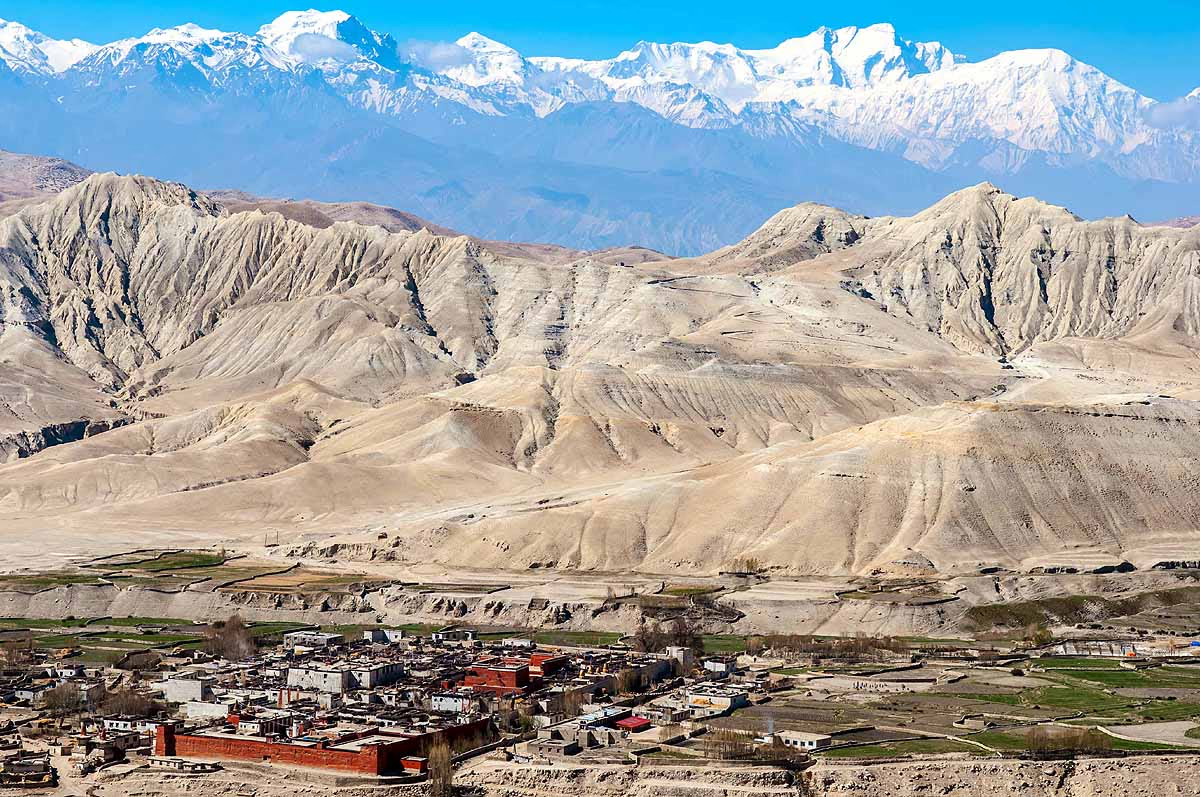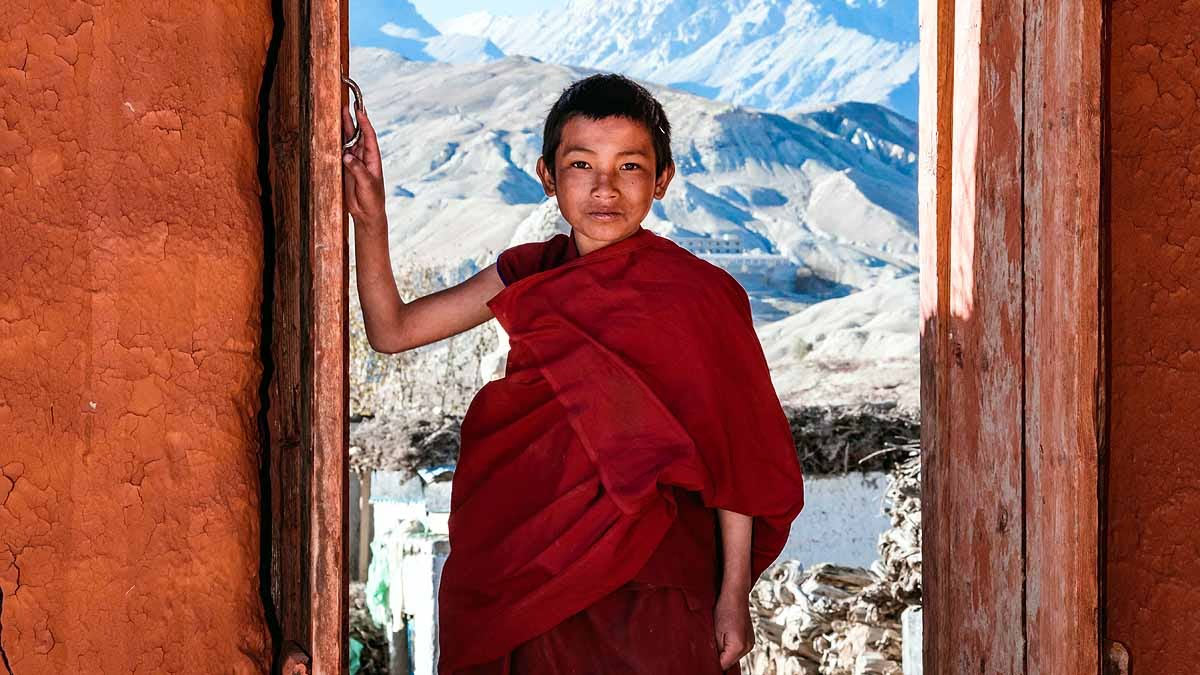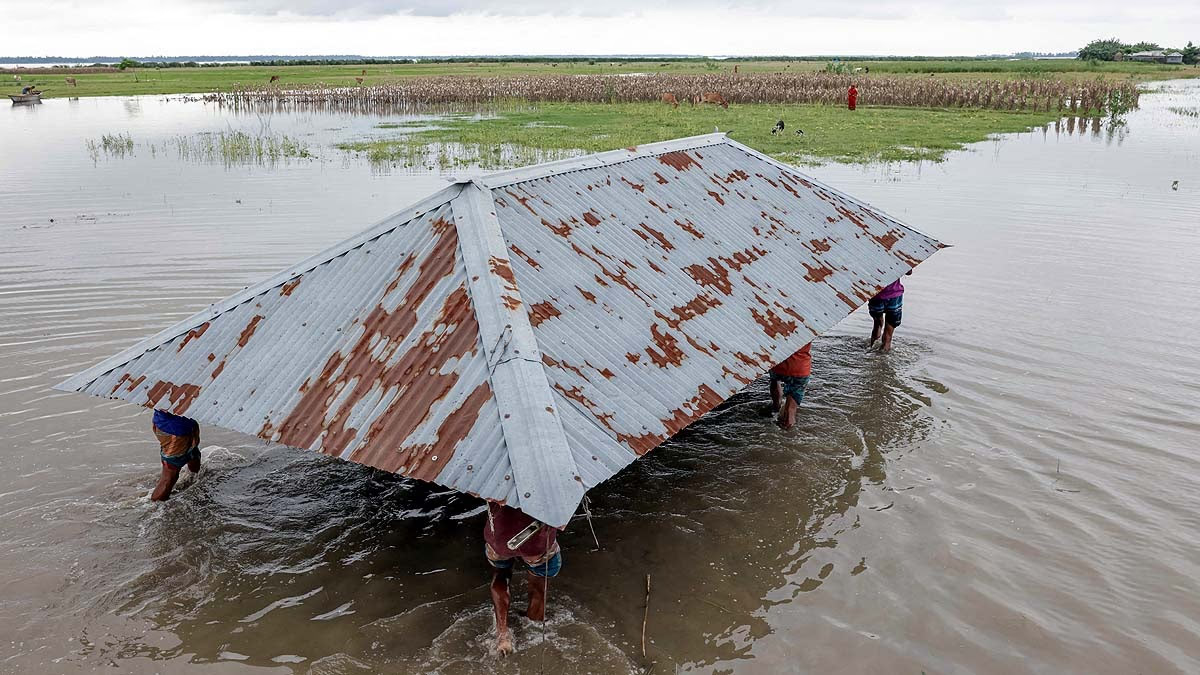Monkeys. Apes. Primitive humans... then modern man. This is evolution—the constant development that's shaped by geographical conditions, climate, and physical needs. Ever wonder why people from plains struggle with high altitudes while those from mountains don't?
High-altitude dwellers adapt effortlessly, carrying heavy loads over steep climbs, unlike newcomers who struggle with mere changes in elevation. Recent studies on Tibetans have revealed astonishing adaptations.
Also Read: China's New Strategy... Intruding Nepal, Fencing on the Tibetan Border

Source: aajtak
The mountains of Tibet have lower oxygen levels compared to the plains, causing plains people to experience hypoxia at high altitudes. Yet, over the past 10,000 years, mountain dwellers have evolved to thrive in these conditions.
Adaptation to Climate and Terrain: An Evolutionary Triumph
Cynthia Beall, an anthropologist from Case Western University, notes that over ten millennia, Tibetans have acclimatized to their high-altitude environments. Their bodies have developed to fend off the challenges that plague lowlanders, such as altitude-related headaches and pressure changes. They've become in tune with their surroundings.
Also Read: Nepal GLOF: Glacial Lake Collapse Wipes Out Village Above Everest

Source: aajtak
Genetic Evolution of Tibetan Inhabitants
According to Cynthia Beall, humans uniquely conform to extreme geographies, and Tibetan genetic evolution is a testament to this adaptability. Their genetic makeup allows efficient functioning with lower oxygen supply, showcasing an advanced respiratory and cardiovascular adaptation. This is evolution in action.
The Future Generation: Innate Adaptability
Mountain-born children's genetics now reflect such advancements. They're born adapted to their environment, immune to harsh mountain conditions. These children inherit the ability to thrive against the odds. This pivotal study was recently published in the




